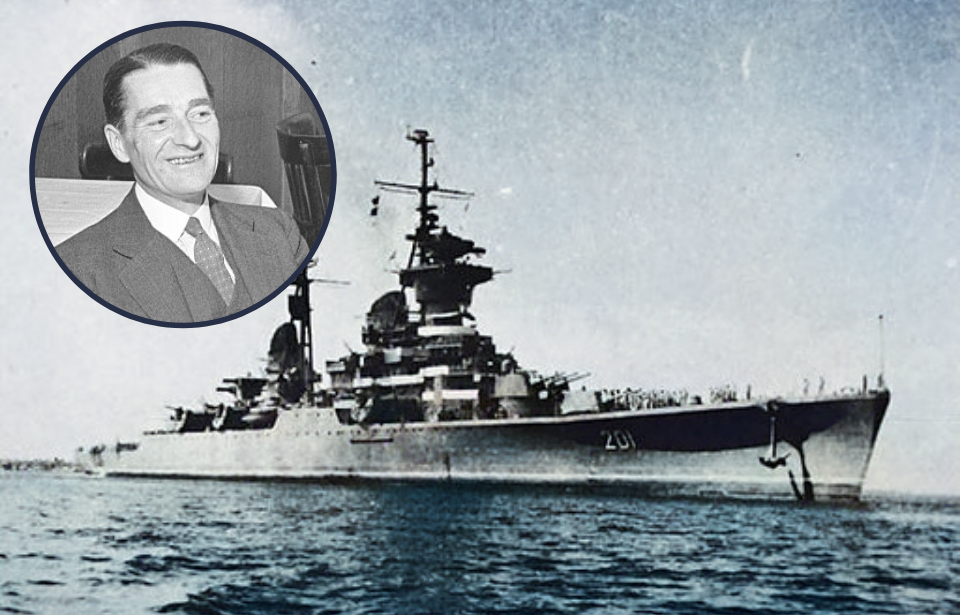During the Second World War, there were a variety of special units created to deal with threats from enemies both at home and overseas. One of the most famous were the Underwater Demolition Teams (UDTs) – better known as “frogmen” – who’d dispose of underwater threats and prepare landing areas for amphibious assaults. The UDTs were full of interesting figures who worked beneath the waves to keep their countries safe – including Lionel Crabb.
A British “frogman,” Crabb served throughout the entirety of the war. Afterward, he became a private diver hired for research. He also worked with the Royal Navy, before becoming a spy for MI6. While his war-era story is interesting, it’s his mysterious disappearance and death that’s sparked far more curiosity.
Lionel Crabb’s life prior to the Second World War
Born in 1909, Lionel Crabb was part of a poor family living in London, England. He started his career around the water while he was still young, training for two years on the HMS Conway. While working at sea, he joined the British Merchant Navy, a register of all the country’s ships and crew.
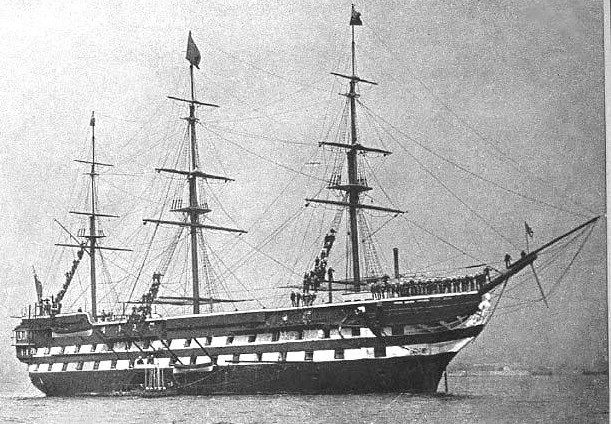
At the start of the Second World War, Crabb started his military career as a gunner. In 1941, he transferred to the Royal Naval Reserve (RNR), before becoming part of a specialized unit created with the Royal Navy, where he worked to dispose of underwater bombs.
In 1942, he was deployed to Gibraltar, where he was given the role of diffusing the bombs once they’d been brought up to land.
Italian sabotage on Gibraltar
Gibraltar was a stronghold for the British, as it provided them with a strategic port in the Mediterranean. It was a heavily fortified location, due to the extensive below-rock tunnel system. Due to the area’s importance, the Italians launched clandestine actions against them, including using “frogmen.”
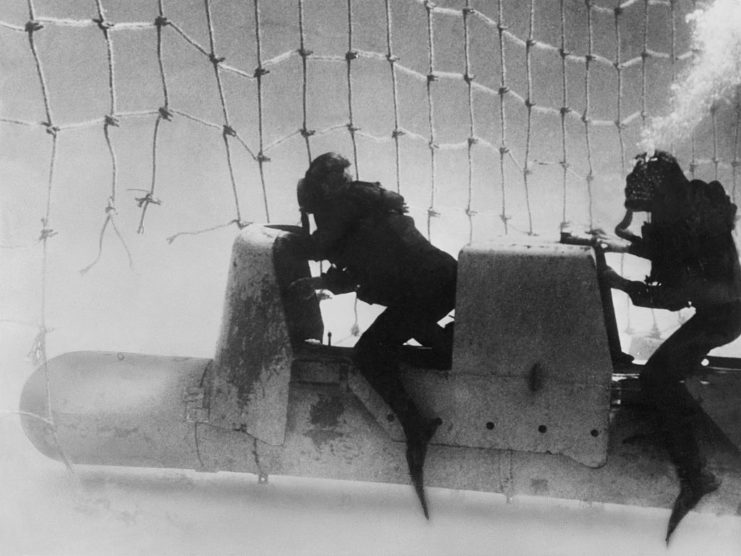
Despite the harbor having a net barrier that extended beneath the water, the Italians would send these men to the area on an underwater, rideable torpedo. They would then cut through the netting and enter the harbor. They would also attach limpet mines to the hulls of Allied vessels, the same explosives Lionel Crabb disposed of. At one point, they managed to take out five ships in three months.
From Gibraltar to northern Italy
Lionel Crabb was very efficient and effective with his work. However, it wasn’t long before he decided that he wanted to do the diving himself. Having not been trained prior to his deployment, he learned by using equipment that had been taken from two Italian frogmen who’d been killed. He stayed in Gibraltar until 1945, after which he was sent to northern Italy.
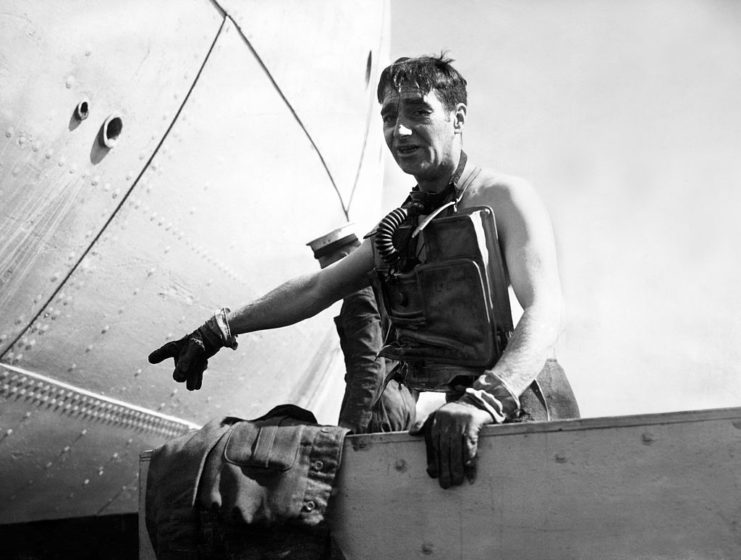
Crabb earned himself an impressive reputation in Gibraltar, so much so that he was promoted to lieutenant commander and put in charge of all mine removal along the Italian coast. His team’s primary task was clearing the harbor in Venice of unexploded German ordnance.
By the end of the war, Crabb was recognized as a skilled diver and explosives removal expert. He was given the nickname “Buster” for his skills in diving, after the Olympic swimmer of the same name. Ironically, the Royal Navy diver wasn’t a fantastic swimmer, but rather exceptionally diligent and determined. He was awarded a George Medal and an Order of the British Empire.
Lionel Crabb’s life after the Second World War
When the war ended, Lionel Crabb was sent to Palestine, where he continued with underwater explosives disposal, focusing on removing mines placed by divers from the Palyam, an elite Jewish maritime fighting force. By 1947, he was demobilized from the Royal Navy, but remained friends with many of the men he’d served with.
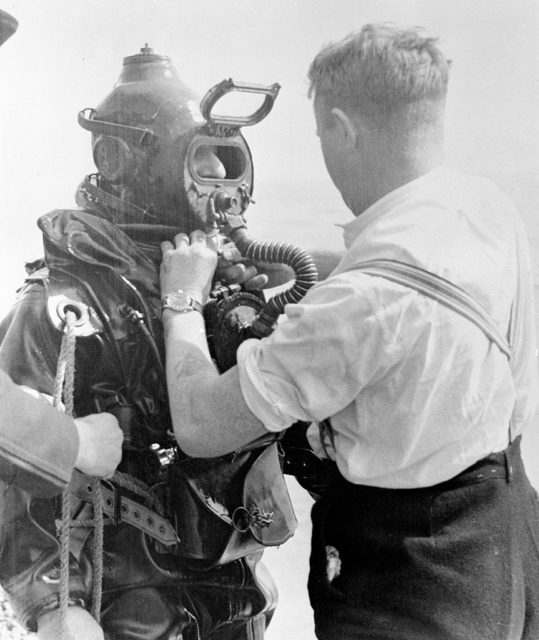
No longer in a military role, he worked as a civilian diver. This included an array of different jobs, such as diving off the Isle of Mull to investigate a wrecked Spanish galleon from the 1588 Armada; locating an underwater site for discharge from atomic weapons research; seeing if any crewmen survived the sinking of two Royal Navy submarines; and investigating the maneuverability of the Soviet Sverdlov-class of cruisers.
By March 1955, it was decided Crabb was too old to dive and he was forced into retirement. It didn’t last long, however, as in 1956 he was recruited by MI6 for his second investigation of a Soviet vessel. In April of that year, the Ordzhonikidze had traveled to England with Nikolai Bulganin and Nikita Khrushchev, the premiers of the Soviet Union. The visit was a good will gesture during the Suez Crisis.
Investigating a Soviet cruiser
At the time, the Soviets had been supporting the Egyptians, thus opposing the British. Lionel Crabb was tasked with investigating the ship’s propeller, as it was a design the UK was interested in knowing more about. On April 19, 1956, he and an unknown person entered the harbor on a small boat, where he dived next to the Ordzhonikidze before returning to the boat.
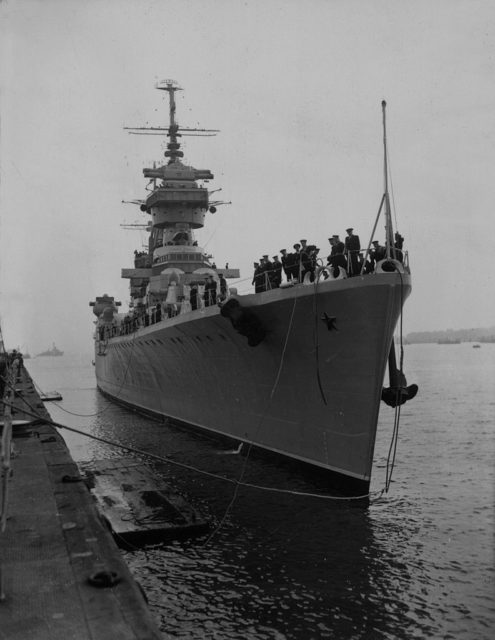
Crabb then collected the extra weight he would need to use for the final dive, before jumping back in and never resurfacing. During meetings between British and Soviet officials that same day, the Soviets paused proceedings, saying three crewmen had reported seeing a diver around their ship earlier in the day.
In an effort to cover up the fact that MI6 had, indeed, been spying on the Soviets, the admiralty released a statement saying Crabb had been in Stokes Bay, a great distance from Portsmouth, when he went missing while testing diving equipment. Roughly 14 months later, a body was found without a head or hands by a fisherman eight miles away from Portsmouth, wearing diving gear.
What happened to Lionel Crabb?
The problem was that, without hands and a face, it was extremely difficult to identify whether the body belonged to Lionel Crabb. It was buried as if it were him, although his mother held out hope that it wasn’t. The “Crabb Affair,” as it became known, was a source of great public interest. Regardless of what the public were told by officials, many theories were formed to explain his disappearance.
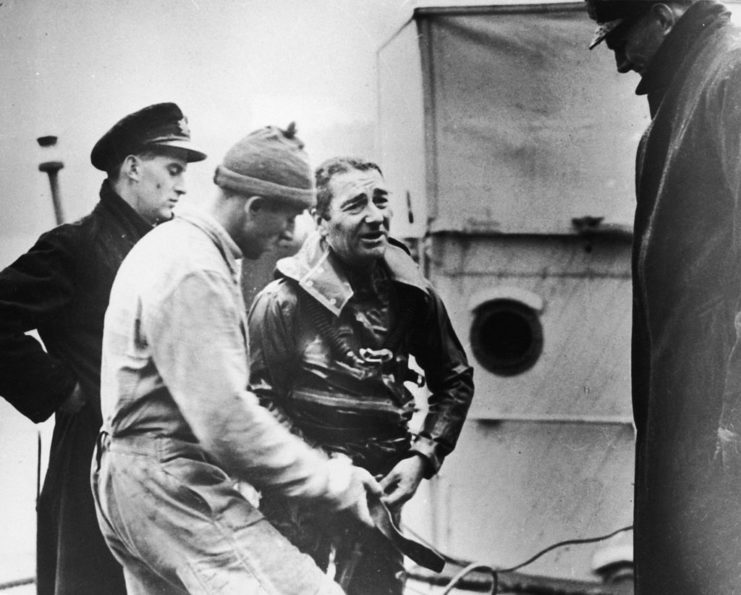
Some believe he was decapitated by the ship’s propellers, while others theorize the Soviets captured him, either to brainwash or kill him. Another claim was allegedly made by Crabb’s longterm friend and diving partner, Sydney Knowles. who said the missing (and presumably deceased) man was planning to defect and, to avoid the PR nightmare of a war hero switching sides, the British had him killed.
More from us: The MI5 Used Falcons to Catch German Carrier Pigeons
In 2007, one of the men onboard the Ordzhonikidze, Eduard Koltsov, confessed to Crabb’s murder, claiming they’d been tipped off that he would be diving underneath the vessel. He allegedly dove down to meet him and cut his air hose, then his throat, after seeing Crabb attach a mine to the ship.
Despite the many claims made, however, there is still no conclusive answer to the question of what happened to Lionel Crabb.
